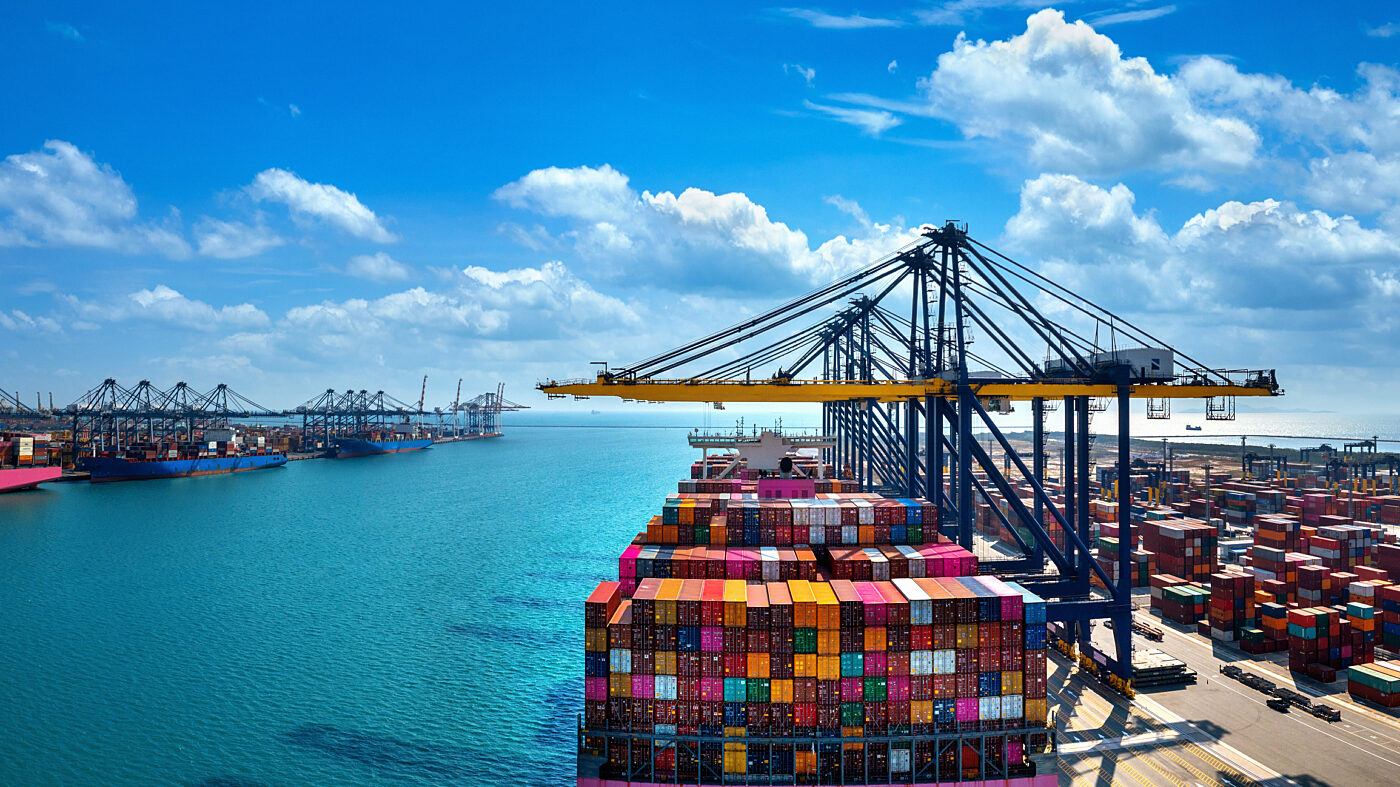Prior to November of 2019, the global supply chain and the role it plays in the international economy was a concept largely unappreciated by most people and certainly was not a daily topic of discussion. Today, however, almost two-and-a-half years into the pandemic, COVID-19 has made the term “supply chain” a part of everyone’s daily vernacular and has dramatically increased companies’ focus on supply chain management.
In addition to COVID-19-related disruptions, supply chains have been further crippled by labor shortages, increased demand, port congestion and blockages, climate change and other factors. Although widespread vaccination efforts have allowed us, in many ways, to return to our pre-pandemic lives, the havoc that began with the pandemic (and was exacerbated by many other factors) continues to overburden the global supply chain. Companies of all sizes across industries continue to experience varying degrees of disruption to their supply chains and are desperately looking for ways to manage the negative effects.
While it is nearly impossible for companies to completely eliminate all risks from their supply chain, here are four key steps that companies can take to mitigate the negative impact of current disruptions and protect against future ones.
1. Review contract provisions. Companies must continue to examine the contracts they have in place with customers and suppliers to determine their rights, obligations, available remedies and liability exposure. Existing contracts may contain provisions companies can rely on to excuse a failure to perform, to settle disputes, to terminate a contract early, or to limit the company’s liability, such as:
- Force Majeure. Force majeure clauses, which had previously been regarded as inconsequential boilerplate language, took center stage during the pandemic and will likely remain heavily scrutinized. These clauses identify circumstances or events beyond the parties’ control, the occurrence of which has rendered the performance of a contract impossible. When those unforeseeable events occur, a force majeure clause may prove useful in permitting a company to suspend, defer or be released, without liability, from the duty to perform its obligations under the contract.
Circumstances and events frequently defined as a force majeure event include war, riots, famine, “acts of God” (e.g., extreme weather events, floods, etc.), strikes, and civil uproar. Post[MS1] -COVID-19, pandemics, epidemics and/or quarantine will also be frequently defined as force majeure events. The force majeure provision may also provide protection for the customer by either: (i) providing a timeframe after which the customer may purchase the products from another supplier where force majeure events continue beyond the stated timeframe or (ii) permitting the buyer to terminate the agreement early when the force majeure event continues beyond the stated timeframe.
- Dispute Resolution. Dispute resolution clauses will instruct companies on how supply and other disputes must be resolved. These clauses typically either mandate mediation prior to litigation, allow parties to proceed straight to litigation without mediation or require the parties to submit a dispute to binding arbitration. Companies must understand what steps they must take to address disputes pursuant to the terms of the contract.
- Termination. A termination clause will generally articulate the circumstances that will permit the company to terminate the contract; the steps that must be taken to terminate the contract; and the company’s rights and obligations that exist upon termination. This clause can be helpful to customers and suppliers in mitigating supply chain disruptions, as it may permit a party to terminate a contract for convenience, breach, or where the company knows or suspects that it or the other party can no longer meet the contract’s obligations. Depending on the language, the termination clause can provide a means for buyers or sellers of goods to “stop the bleeding,” so to speak, and either explore alternate souring options (the buyer) or stop incurring obligations that cannot be met (the seller).
- Limitation on Liability. A limitation on liability provision describes applicable limits on a company’s liability for its failures to perform pursuant to the terms of the contract. Liability of limitation clauses typically limit the amount that a party can recover for the other party’s failure to perform under the agreement and or the type of damages for which a party can recover. These clauses often limit an aggrieved party’s recovery to only direct damages and may significantly reduce a company’s overall liability exposure.
2. Identify sourcing alternatives. In addition to looking to contracts for mitigation opportunities, companies should identify sourcing alternatives. For many years, U.S. companies have sourced some or all of their products from overseas in an effort to minimize costs and maximize shareholder profit by taking advantage of lower labor and manufacturing costs that could be achieved abroad. COVID-19 and the current supply chain crisis, however, have taught us that heavy reliance on foreign manufacturers can be a risky strategy.
While struggling to meet customer demand, now more than ever companies must factor in the many risks associated with foreign sourcing, including continuity of supply, quality control, brand protection, shipping delays, hidden and unexpected costs when determining the landed costs (i.e., the cost of getting the product from the supplier to its destination when sourcing products from abroad).
Another sourcing strategy that, while common, may pose significant risks is being reliant on one supplier for critical products. During COVID-19, many companies found themselves in single-sourced relationships with their key suppliers. This “putting all of your eggs in one basket” strategy sometimes makes sense from a commercial perspective because it often gives companies leverage to seek favorable pricing from their suppliers. And sometimes, when products are highly specialized companies may not have many sourcing options. Regardless of the reason for being single-sourced, companies now have been forced to consider the risk of being so. Exploring and expanding sourcing options will be critical to supply chain protection and sustainability for many industries.
3. Aim for visibility. Achieving end-to-end supply chain visibility is another important step that companies will want to take. Supply chain visibility allows companies to track goods’ movement throughout the supply chain and is based on gaining access to as much accurate information regarding the product as quickly as possible. The faster and further a company can increase its visibility throughout its supply chain, the better positioned it will be to seize opportunities and respond to threats. Increased visibility can also result in improved efficiency and reduced costs.
Increasing supply chain visibility will require implementing processes to gather data regarding inventory, suppliers’ business operations, logistics and other valuable information. Companies often turn to one of several software solutions available to help companies increase their supply chain visibility.
4. Obtain adequate insurance. The last key step that companies will want to take in an effort to protect their supply chains’ operations to obtain sufficient insurance. Insurance policies that may be helpful in supply chain protection include business interruption insurance, contingent business interruption, insurance, and supply chain insurance. When trying to mitigate losses through insurance coverage, companies should consider reviewing:
- The types of losses covered, limited, or excluded in their current insurance policies
- Compliance with notice periods and other policy conditions
- Necessary steps to mitigate losses or damage, which could include acquiring additional insurance coverage
These four strategies are the building blocks to help companies work through current supply chain disruptions and create a sustainable and resilient supply chain.
Published June 23, 2022.




